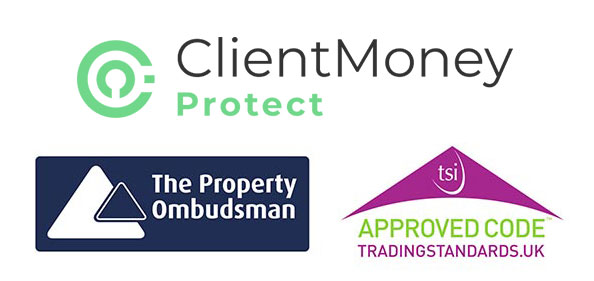
Buy-to-let – does it still make financial sense?
Investment landlords have not had the easiest time over the past few years. There have been tougher lending criteria introduced for landlords, changes in regulations relating to rented properties and changes to tax relief and stamp duty. None of these changes have made things easier for existing landlords, nor those people looking to enter the buy-to-let market. So – does it still make financial sense to invest in property to rent out?
There is no doubt that property investments are still popular, with many of us feeling that bricks and mortar investments offer greater security and something more tangible than investment in a fund. Mortgages, even buy to let, are still relatively cheap, saving rates remain low and demand for rental property is high. It is true that the buy-to-let market presents more of a challenge now, but, it is still possible to make a good return when buying rental property – provided you do your homework first.
Make sure you understand the buy-to-let market
That may seem like an obvious statement but it is vital that you understand what you are getting yourself into. Make sure you understand the tax implications (especially those changes which are being phased in between now and 2021 on mortgage tax relief) and look into mortgage costs – most buy to let lenders require a deposit of at least 25% of the property value and will be looking for the rental income to be 125 – 150% of the mortgage cost. When looking at the financial side of thing, think about things like void periods, maintenance costs and regular out goings like management fees if applicable. These costs will eat into your profit.
Do your research
Get some expert advice on the type of property to buy in your target area. Is it a popular area for families or are you better off looking for a property suitable for young professionals? Having a clear idea of your target tenant is a good starting point when looking for property. Remember, what you value in a property, may not be what they would value. Don’t buy a property for you, buy it for the tenant you want. Here at Seddons, we are always happy to discuss your plans and let you know whether we believe a property is suitable for renting, as well as the likely achievable rental income. Look for a property which is in good condition, unless you are planning to renovate it first. As a general rule, good quality property attracts good quality tenants – the reverse of that is also true!
Get a good deal
OK, seems like another obvious one… But, the position a buyer finds themselves in dictates how desirable they are to a seller, and therefore how likely they are to secure a reduction. If you are buying to invest, typically you will not be involved in a chain or have a related sale and that makes it less likely for the deal to fall through. This may be attractive to somebody who is trying to secure a quick sale where speed is more important than getting the absolute maximum price so don’t be afraid to negotiate a deal and leverage the advantage you have as an investment buyer.
Shop around for your mortgage
Have a good look at the buy-to-let mortgage market to make sure you get the best deal you can. It may be worth speaking to an independent mortgage specialist who may have access to deals which you would not find on the high street – They will also be able to advise you on the mortgage products available and their suitability. We have teamed up with Mortgage Advice Bureau who arrange expert, face to face advice and who will be happy to discuss the range of products available – contact us for more information.
Consider your purchase area
A lot of the time, when looking for suitable investment property, potential landlords look close to home for convenience. Do remember though, your area may not offer the best returns. It is certainly worth looking around out of your immediate area at the difference in potential yields. Do take advice if you are not familiar with the area to check what property types are in most demand and likely rents.
To calculate yield, divide the likely annual rent by the cost of the property, divided by 100. (Therefore, a property costing £150,000 which could be rented out for £600 per month would have a yield of 6.4% – 150,000/100 = 1500. 600 x 12 = 9600. 9600/1500 = 6.4) but do remember that you may need to factor in void periods during the year. This overall yield figure also does not take into account the payments you are making on any mortgage.
With the right preparation it is still possible to get a reasonable return on a buy-to-let investment, especially when you take into account the likelihood that the value of the property will continue to appreciate over time and the continued steady demand for rental property.
If you would like to discuss letting a property, hear about properties for sale which would be suitable for investment or would like any advice on rental values in the area – contact our lettings department for a chat.
